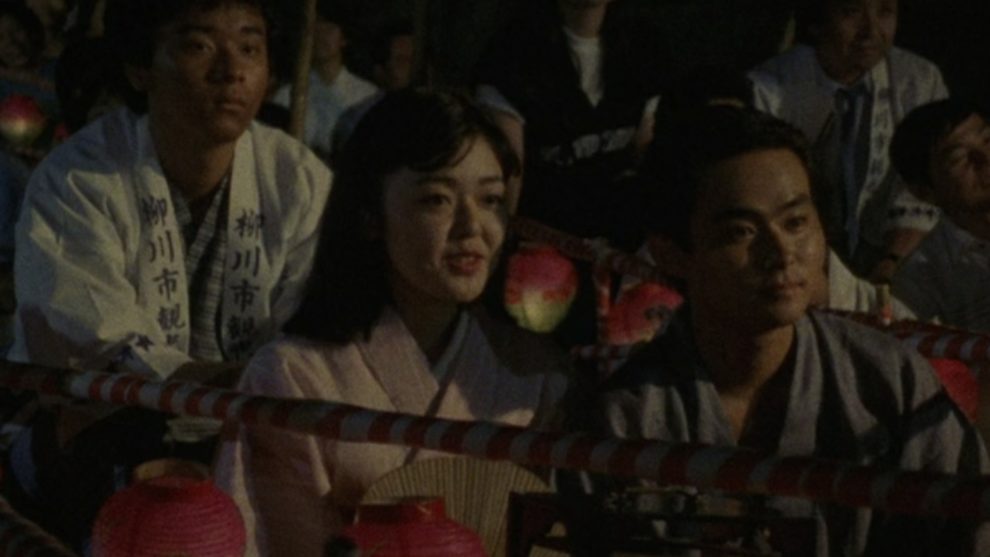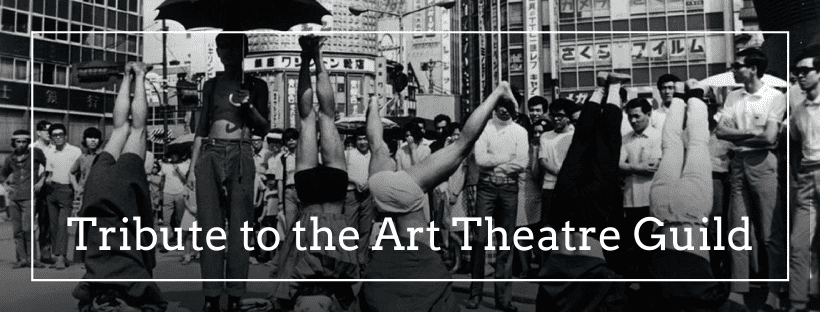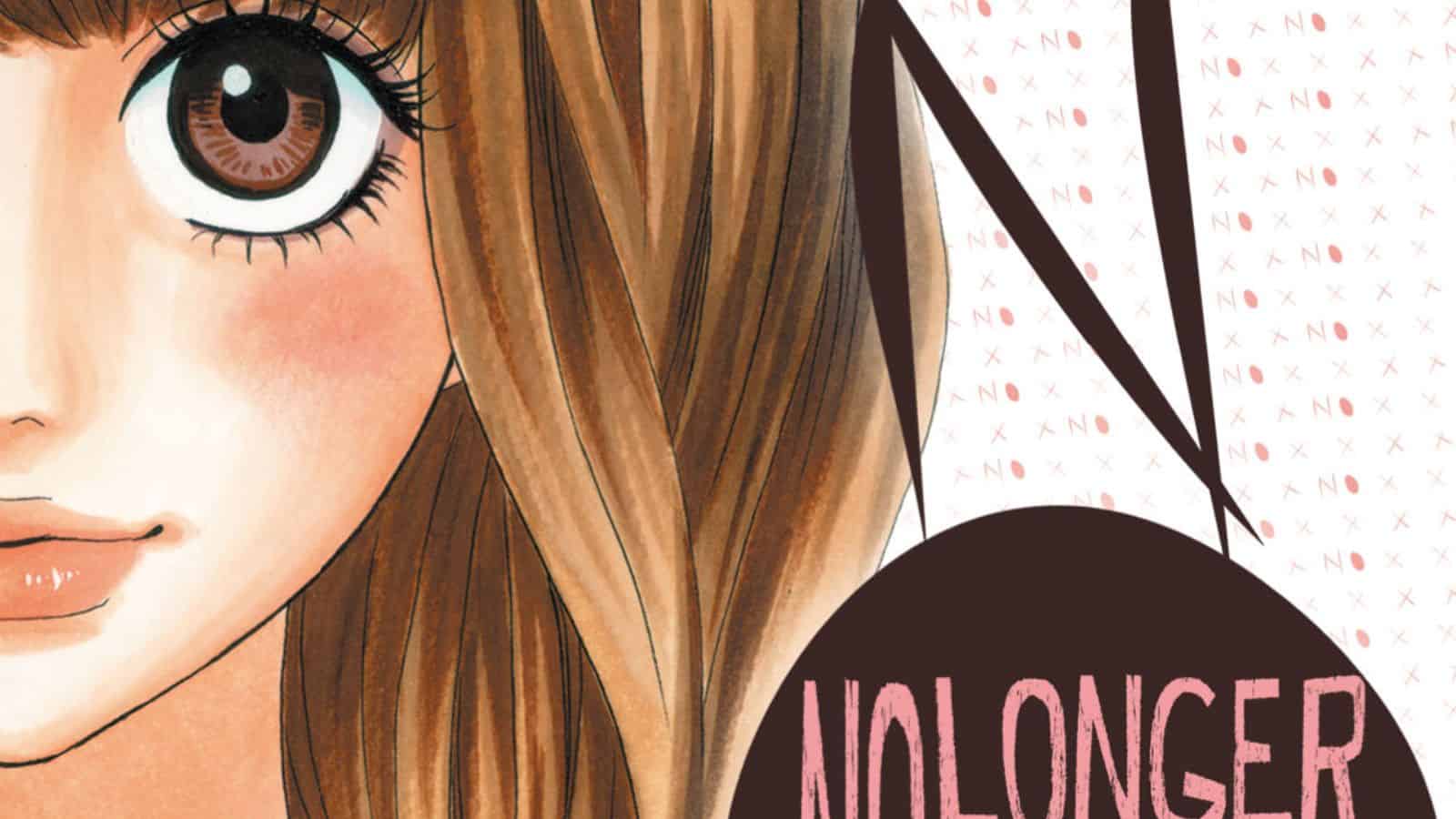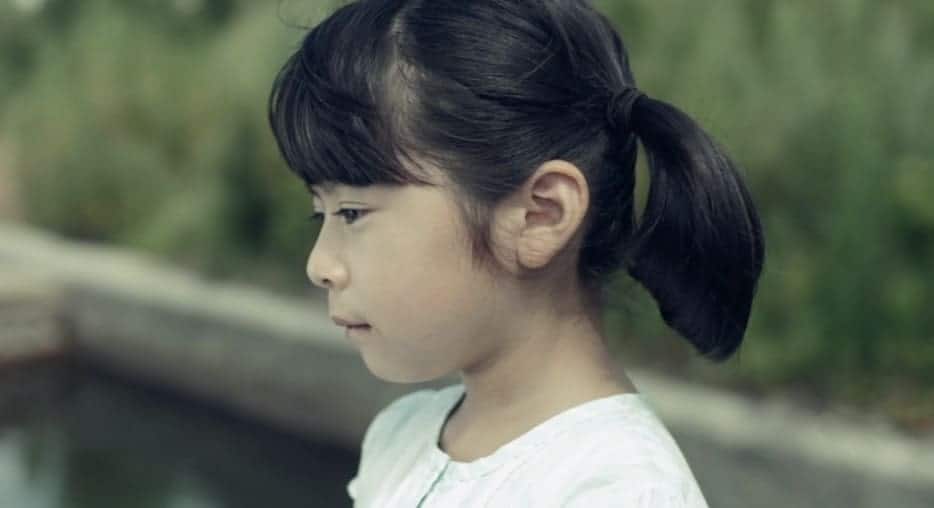From the release of his debut directorial feature film, “House” (1977), to his death in 2020, Nobuhiko Obayashi had been known as a truly unique director. Even before “House”, he was known as one of the pioneers of experimental cinema in Japan, creating such remarkable pieces as “Emotion” (1966) and “Nakasendo” (1963). “The Deserted City”, based on a novel by Takehiko Fukunaga, is a production instantly recognisable as one created by him, as it incorporates the various traits seen in his films of the period.
Eguchi notices in the news the destruction of Yanagawa by a devastating conflagration. The town, dubbed the Venice of Japan due to its extensive canal network connecting the many rivers flowing through the city, is one Eguchi remembers relatively well. After all, he knows the town first-hand due to his experience of living there for a few months while completing his graduation thesis on the effect of Celtic collapse on the works of Edgar Allan Poe. Eguchi goes on to recount his days at the canal town. A young Eguchi reaches the city of Yanagawa on the recommendation of a relative, who enables him to stay in a quiet room to peacefully complete his graduation thesis. The house where he lives is owned by the Kaibara family. The daughter of the house is Yasuko Kaibara, a cheerful, optimistic, tomboyish woman who quickly befriends him. Others in the house include the aged, fragile grandmother, a maid, a boatman named Saburo, Yasuko's elder sister and her husband, Naoyuki, who has been adopted into the family. However, he finds no clue of Naoyuki and his wife in the house.
One of Nobuhiko Obayashi's characteristically gorgeous opening credits sequences kickstarts the movie. In it, he describes that the movie does not depict the true story of Yanagawa. Indeed, nearly three-and-a-half decades after its release, the town, now enlarged, still exists as a budding tourist spot. The town in the movie can be analysed as a representative of any town away from the predominant cityscape of a nation. While Iguchi, an urban youth, immediately appreciates the quietness of the place, the harmonious sound of the ever-flowing river and the beauty of the blooming flowers in a cozy summer, he tends to ignore the general problem regarding the town and its population. They are primarily elderly, with the younger members of the population drifting toward the attraction and advantages of city life. A sense of emptiness prevails throughout the breadth of the town, and it suffocates its people. They too understand that the town is on its dead legs; however, they are unable to leave their home and journey towards unknown territory. Few members of the younger generation, too, are romantic towards their birth town, and they dictate themselves towards the same fate.
From the very beginning, Iguchi realizes that the town has a strangeness associated with it. He hears a soft, prolonged sobbing during his very first night there. Obayashi's continuous usage of light and the bicycle-bell-click sound works out perfectly to underline the bizarre atmosphere that Iguchi experiences but cannot explain. When Naoyuki speaks to him about the unnaturalness of the very basis of the town he felt was the key to its connection to nature, Iguchi gradually comprehends its situation, and the dilemma of the people not fleeing the sinking boat. The strangeness is nothing but melancholy. Obayashi's films are invariably full of sentimentality and the first but the most important step of the process of settling emotions in the heart of the viewer lies in his attempt to associate them with the hardships of the town folk, who are apparently comfortable, happy and joyful.
The microcosm of the ruined future of the city lies in the ailment of the Kaibara family. In the beginning, the syndrome is not evident, but soon it manifests itself through the absence of Naoyuki and Ikuyo. Yasuko herself is a living, breathing microcosm of the town and its destiny. The continually cheerful teenager once notes to Iguchi that her sister has the same sad smile as her mother. Nevertheless, she is the most melancholic character of a movie composed solely out of them. She is a member of the youth who does not leave the town in the hope of a better, bustling life. Even a fraction of youth continuing to stay in the town is apparently a symbol of enormous hope for its future. However, what they, and the community, need to survive is protection and assistance from the older members of the society. Society fails to support Yasuko when she needs their assistance. As her personal life breaks down in front of the townspeople, so does the fortune of the community to survive the waves of destiny.
“Memories allow us to make sense of an incident after it occurs, giving it order and context. The incident that occurred at the end of the summer was seared into my mind, and as a result I became prone to expecting tragedy at the beginning of things. I'm able to look back on everything clearly because my memories are in order, though what I witnessed then returns to me unconsciously…”
Iguchi's nostalgia is the explanation of this film's existence. Obayashi's use of colours is exciting, although not surprising. The film was shot in the middle of the Onomichi Trilogy, the principal marker of which is the use of warm colours to establish a sense of nostalgia, and he repeats the same idea for this movie. The 4:3 aspect ratio also helps in producing a more comfortable viewing experience. It is difficult to glimpse the changes, if any, brought about by Iguchi's recollection of the episode. He, at times, especially during narration, appears to be an unreliable narrator. The perception of his identity as viewed from his memories is divisive. He avoids the collapse of the town and its above-mentioned microcosms. The avoidance, at first, is involuntary. Later, when he comprehends some information about their life, he barely tries to endeavour for a rescue of Yasuko, or the Kaibara family. Instead, he dissociates from their life and remains at his desk without much display of concern. This does not justify him as immoral or paint him in a negative light, of course, similar to how he does not paint Naoyuki in a negative light despite the uneasy nature of their backstage discussion. However, the climax of the movie eventually turns it into a coming-of-age, painting the entireness of his gallionic lack of action as a byproduct of the confusion of his immature state of mind.
Satomi Kobayashi plays Yasuko, unfailingly stealing every scene she appears in. Her melancholy is subtle in the beginning, appearing in an intensifying path with the progress of the runtime. Kisuke Yamashita plays Iguchi, who despite being the narrator and protagonist, becomes almost imperceptible at times due to the town's incidents. Toshie Negishi as Ikuyo and Toru Minegishi as Naoyuki provide memorable performances. Minegishi, alongside Irie Wakaba (Hide) also provides a well-created kabuki sequence in arguably the most wonderful scene of the movie. Yoshitaka Sakamoto, an Obayashi regular, handles the cinematography of the movie, and he captures flawlessly the wonderful summer in a small town. Nobuhiko Obayashi maintains an additional role as one of the composers.
“The Deserted City” is a typical terrific Obayashi film, which evokes nostalgia to create a tone for the entire movie. Melancholic and affectionate, it presents a set of characters aware of their fading destiny amidst the susurrus of the wind and the flow of the river.
















